|
Fillmore’s Penny Postcard History
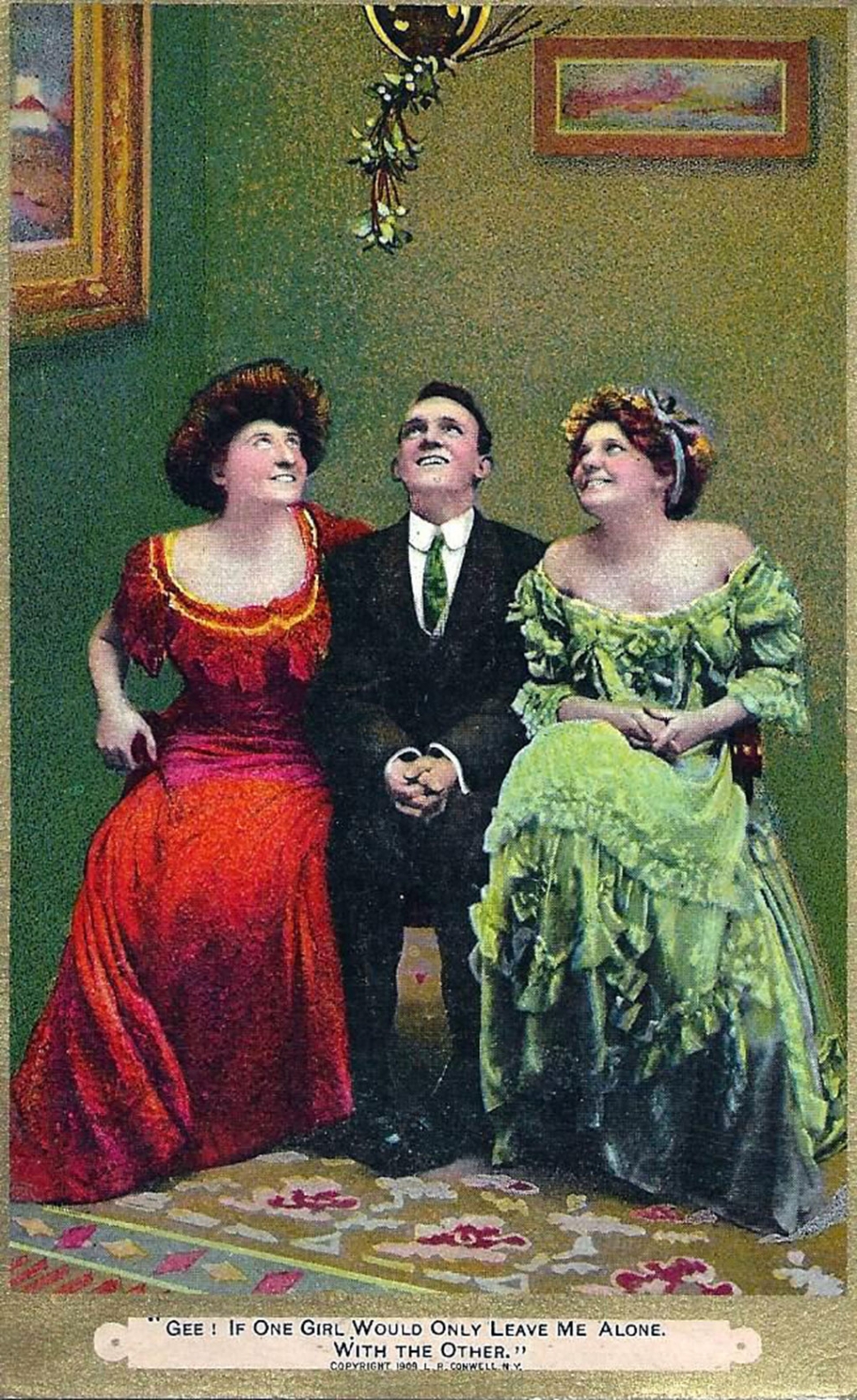 Mistletoe postcard. By Anonymous — Wednesday, May 5th, 2021
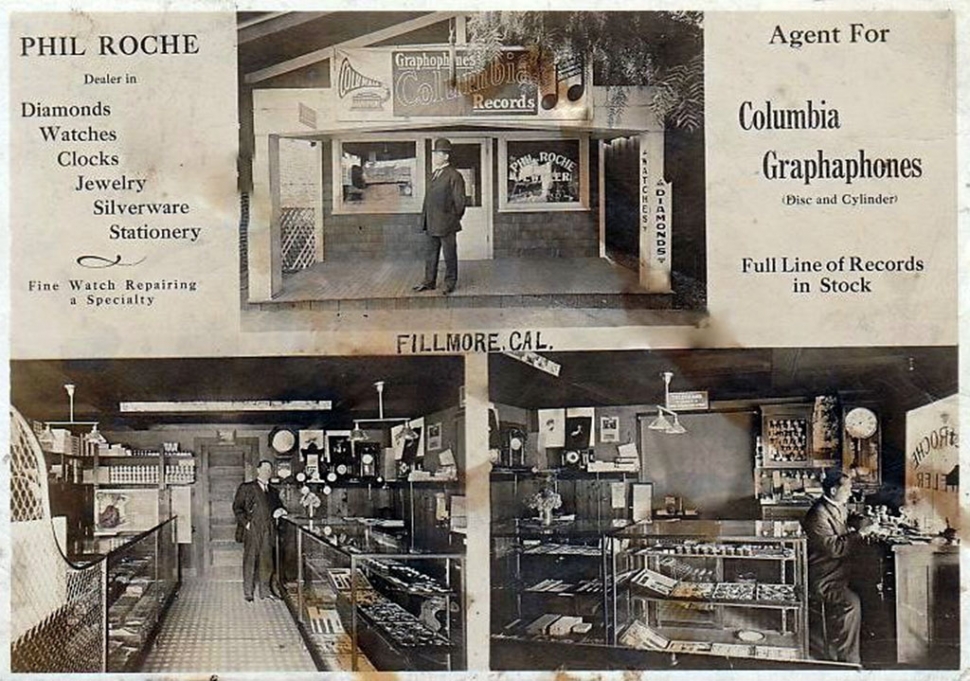 Roche Jewelry Postcard. ![Who is this postcard to Susan Cruson - front [back of card below] suggested caption Mrs. R. G. Cruson, or Susan Crusan, was Kate Crusan Hinckley’s mother, grandmother to Lawrence Hinckley of the Artists’ Barn. Note the address was just, “Bardsdale, Ventura Co. Cal.”](/files/imagecache/970wide/files/fhm-postcards-05-04-21-3-Who-is-this._0001.jpg) Who is this postcard to Susan Cruson - front [back of card below] suggested caption Mrs. R. G. Cruson, or Susan Crusan, was Kate Crusan Hinckley’s mother, grandmother to Lawrence Hinckley of the Artists’ Barn. Note the address was just, “Bardsdale, Ventura Co. Cal.” 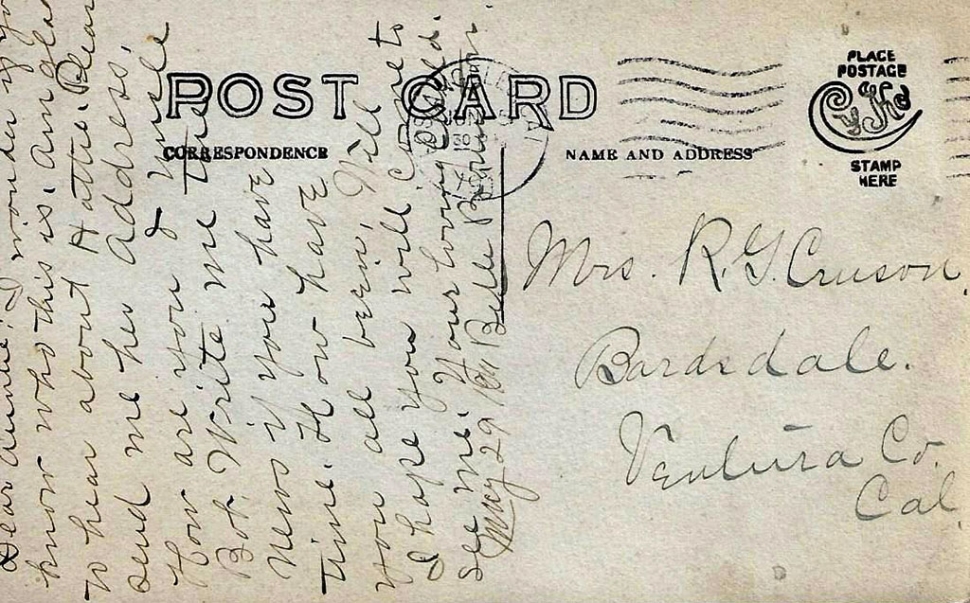 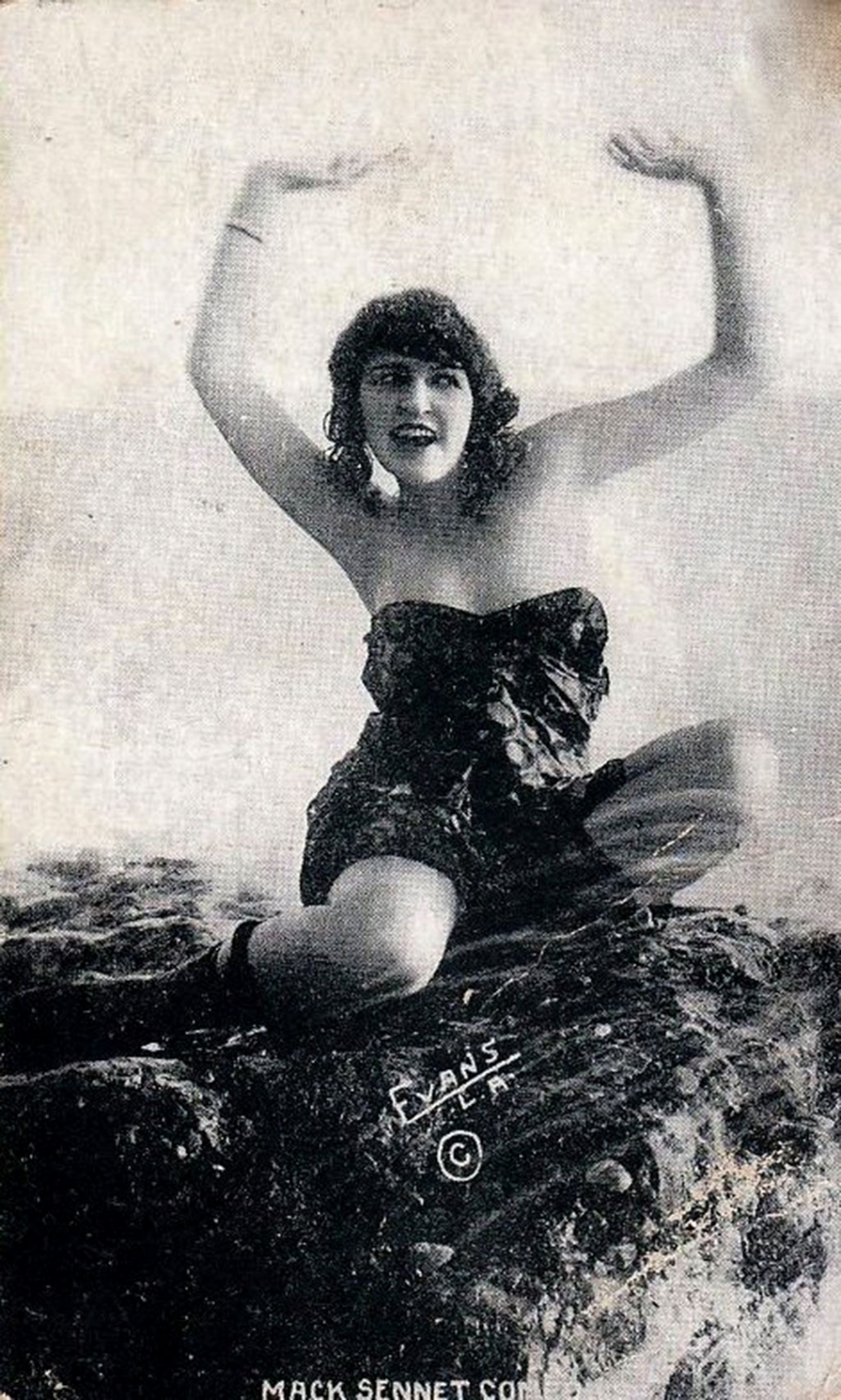 Mack Sennett Postcard - suggested caption: Beginning in 1915, Mack Sennett assembled a bevy of women known as the Sennett Bathing Beauties to appear in provocative bathing costumes in comedy short subjects, in promotional material, and in promotional events such as Venice Beach beauty contests. The Sennett Bathing Beauties continued to appear through 1928. 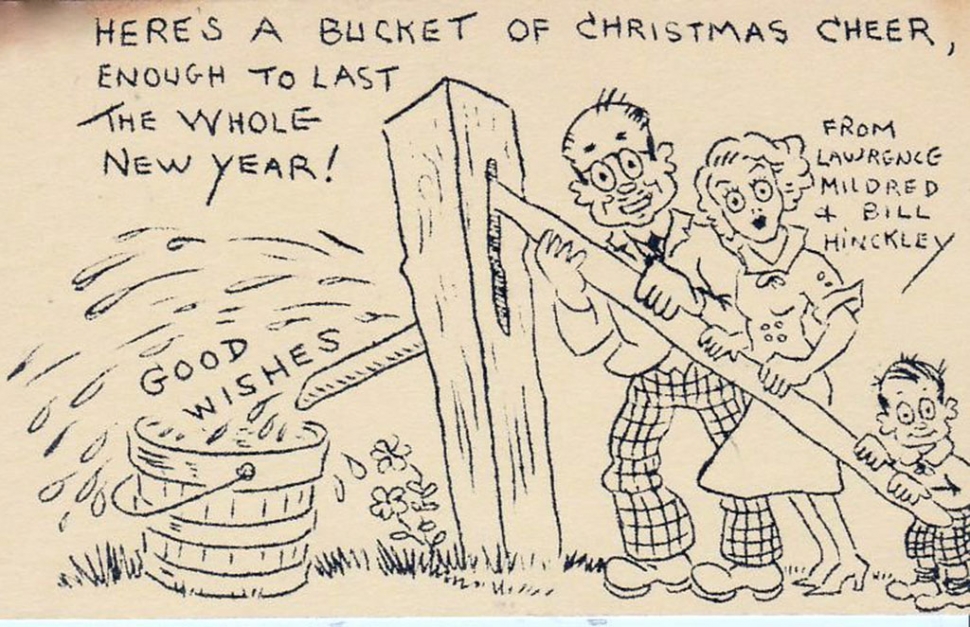 Hinckley Christmas card. 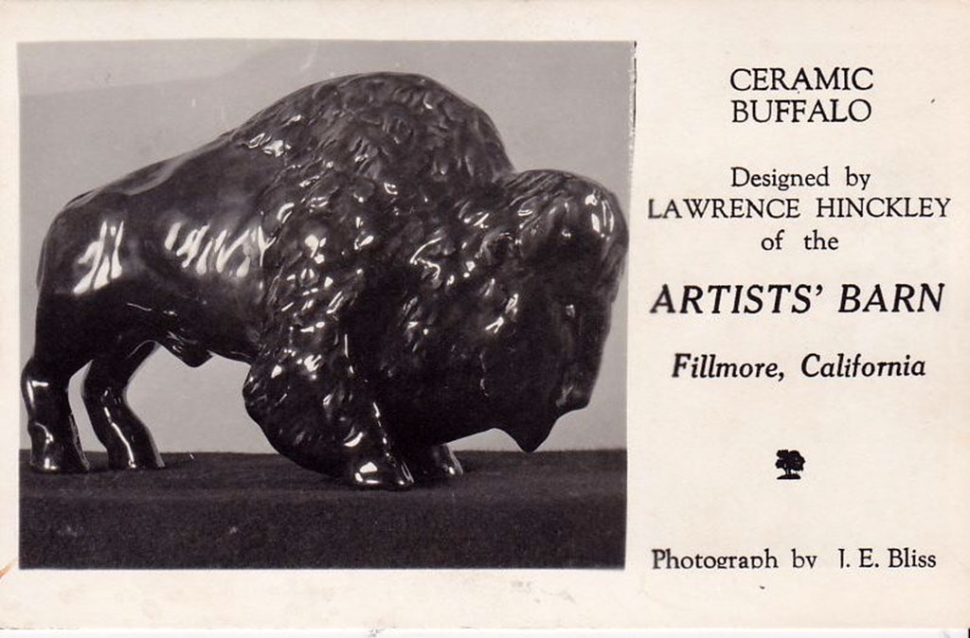 Hinckley Buffalo Postcard. 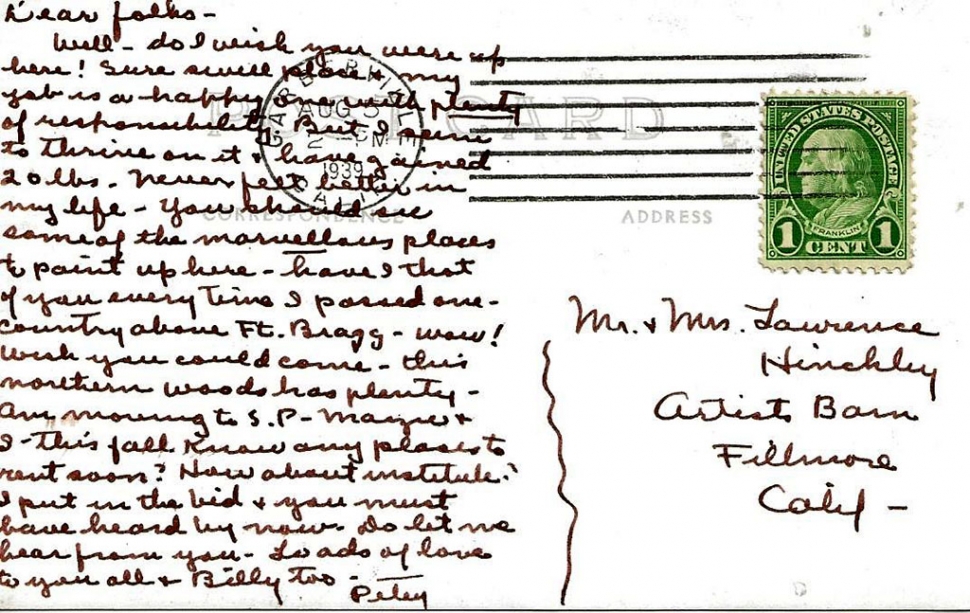 Petey Weaver card to Hinckleys back. 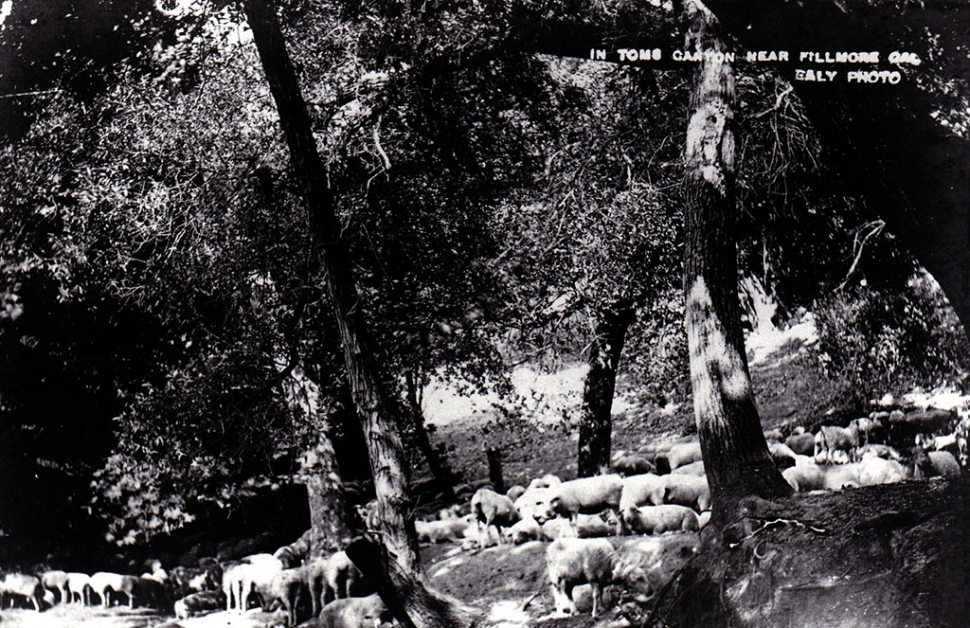 Tom's Canyon postcard by Ray Ealy. 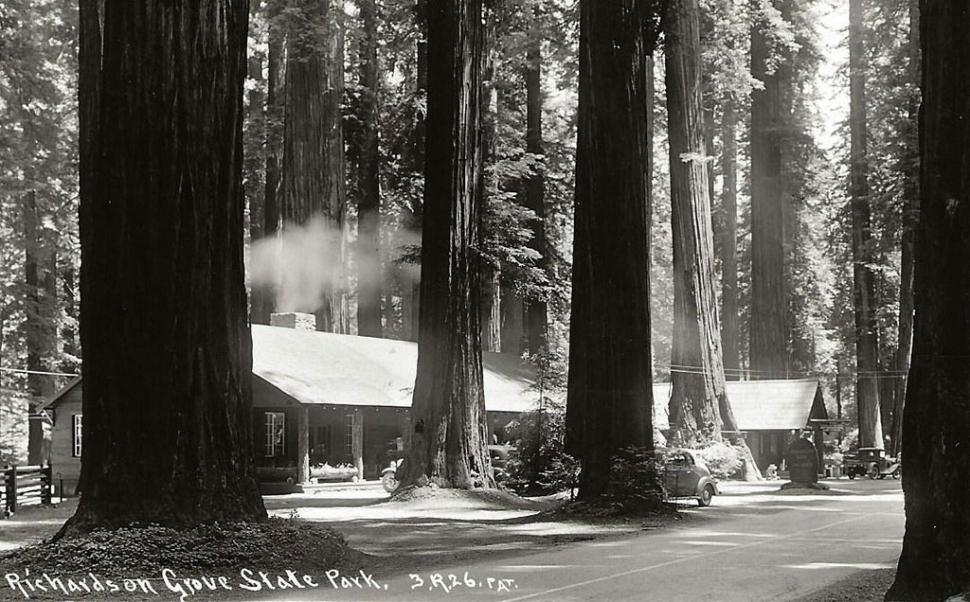 Petey Weaver card to Hinckleys front. 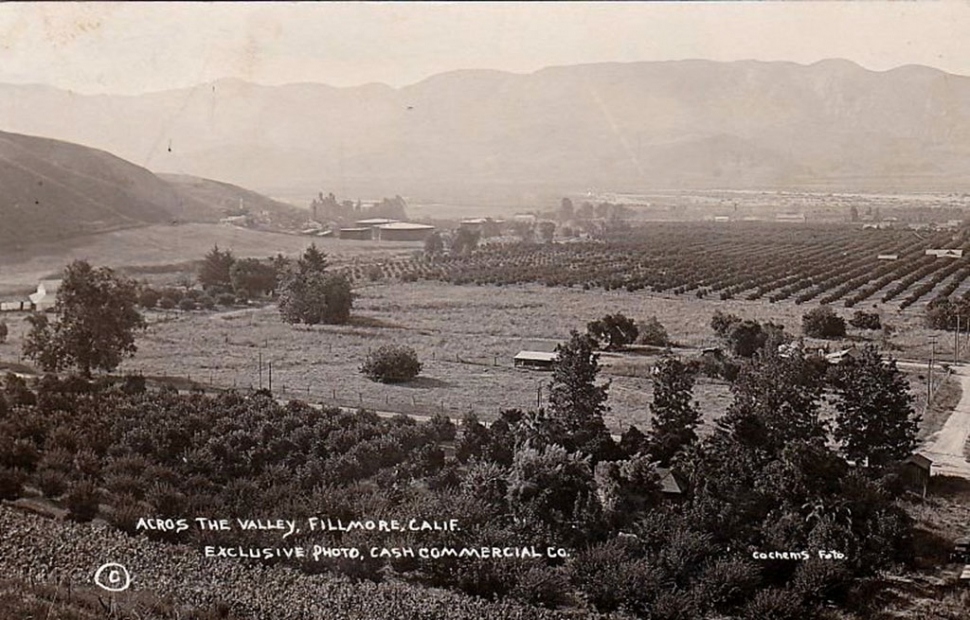 Cash Commercial Postcard. Courtesy Fillmore Historical Museum The penny postcard was an effective, inexpensive way to let your friends and relatives know what was going on, even to let family know of the death of a loved one. When was the last time you received a postcard which wasn’t an advertisement or political appeal? When was the last time you sent one? If at all, it was probably before the pandemic since today postcards are usually sent by travelers to crow over the wonderful sites they are seeing. That wasn’t the case one hundred years ago or more. We have many interesting (yes, even some of the “French” postcard type) in our collection. Some commercially produced, but others were made from the person’s own photography. The first postcards were introduced in the 1860s. It was an easy, inexpensive way to send a message. They really took off in the 1890s when color printing became economical. The cards were embraced as greeting cards, business advertisements and “Greetings from….” cards for travelers. Businesses sometimes sent advertising cards such as the one in our collection for Roche Jewelry on Central Avenue. Photos show the interior and exterior of the shop with Phil Roche center stage. It also declares the business to be an agent for Columbia Graphaphones with a full line of records in stock. Mr. Roche may have embraced postcards for another reason – he was the local postmaster and housed the post office. Other businesses were more subtle. Union Oil of California produced a line of scenic postcards in the 1930s that were given away when gasoline was purchased. Fillmore’s counterpart was Cash Commercial Grocery. They issued a series of postcards showing the scenery of the Santa Clara Valley and the Sespe. It is not known for sure how these were distributed, but it was possibly a free card with the purchase of a specified number of groceries. Locals sent them around the country with messages for friends and families. (Hint for anyone wanting to collect local postcards, look for them elsewhere. They were made to be sent away). Even artists recognized the use of postcards to advance their careers and projects. Lawrence Hinckley created many cards, especially for his lines of ceramic items. The postcard advertising the ceramic buffalo featured a photograph by local dentist Jim Bliss, who was also a composer. Local photographers would also issue series of postcards. Ray Ealy was a local photographer who also worked the Fillmore Police Department and was certified to take (and photograph) fingerprints. He had a good eye for landscapes and composition of his photographs. It was not just professional photographers who turned their pictures into postcards. Amateur photographers could have their pictures printed as postcards and would then use them to send to friends and families. We have many examples of this, either mailed or not mailed in the collection. Not all postcards were used for serious purposes. “French” postcards were mention previously. The “Doughboys” returning from World War I often brought back racy/semi-pornographic postcards of scantily clad mademoiselles. Hollywood tried but could not really compete. This leads to the next genre of cards – novelty cards. They are similar to greeting cards we see today. Often humorous, sometimes bordering on risqué, but designed to put a smile on one’s face. A final area was the greeting card. It was much cheaper, 1 or 2 cents, to send a card than something in an envelope, 3 or even 4 cents. If you were a skilled artist, like Lawrence Hinckley, you could even create your own. When you receive a postcard from a friend, doesn’t it make you smile just because it was unexpected? Post cards are still available. Rite-aid has a rack, and we have some at the Museum. Maybe you can send one to a friend like Harriet “Petey” Weaver did to Lawrence and Mildred Hinckley in 1939. Put a smile on someone’s face. Addendum Pioneer Era (1893-1897) Messages were not permitted on the address side of the cards. Private Mailing Card Era (1898-1901) An Act of U.S. Congress on May 19, 1898 granted private printers permission to print and sell cards that bore the inscription “Private Mailing Card.” Post Card Era - Undivided Back (1901-1907) New U.S. postal regulations on December 24, 1901 stipulated that the words “Post Card” should be printed at the top of the address side of privately printed cards. If no message was permitted on the address side, the card probably pre-dated March of 1907. Early Divided Back Era (1907-1914) Postcards with a divided back were permitted in the U.S. beginning on March 1, 1907. The address was to be written on the right side; the left side was for writing messages. White Border Era (1915-1930) To save ink, publishers left a clear border around the view, thus these postcards are referred to as “White Border” cards. Linen Era (1930-1944) New printing processes allowed printing on post cards with high rag content that caused a linen-like finish. Photochrome Era (1945-ongoing) or Golden age of Postcards (1898-1916) Antique (1893-1916) Old (1915-1944 Modern (1945 to current) |
